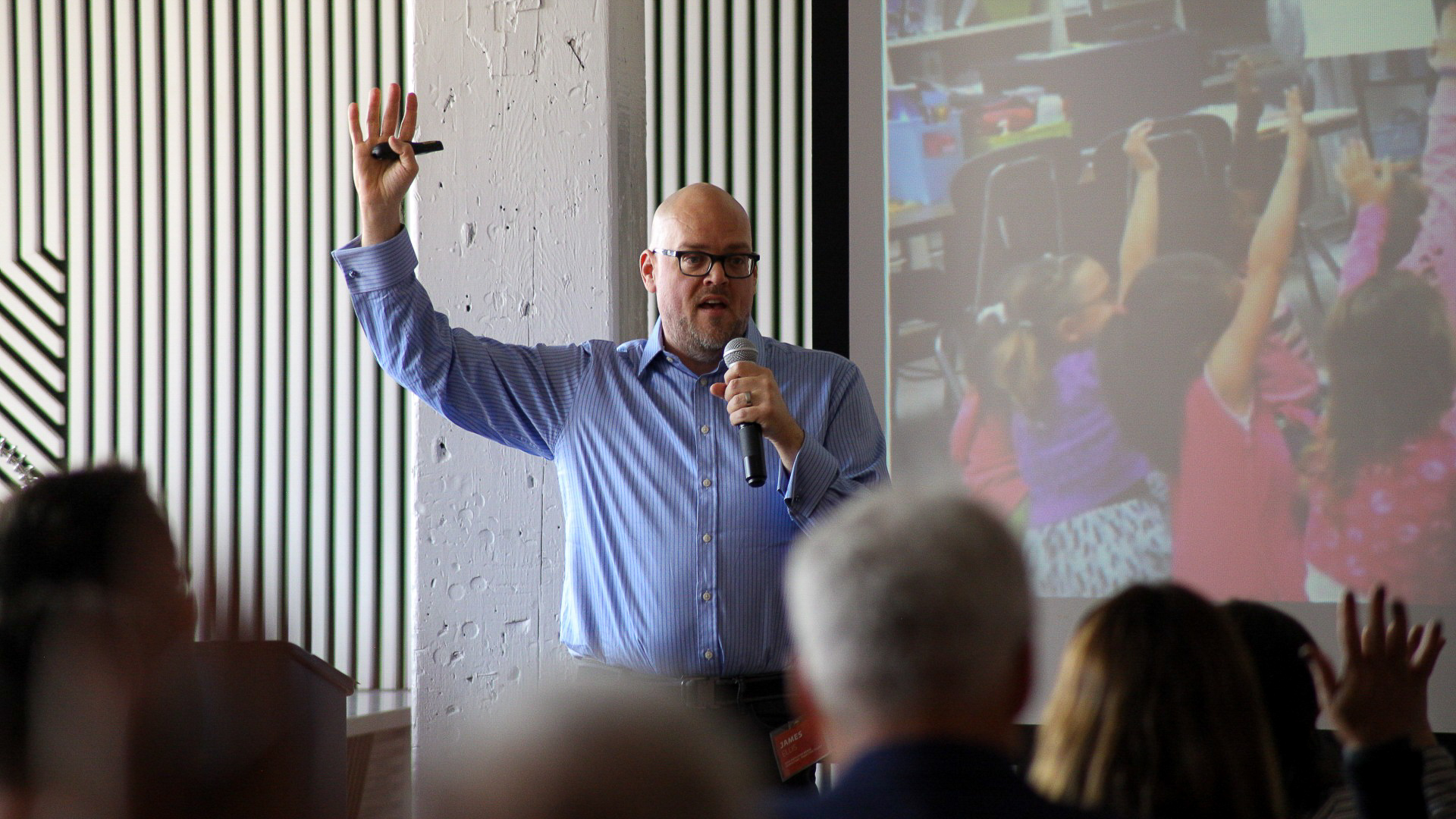
It shouldn’t surprise anyone reading this article, but the AEC industry is in the midst of a labor shortage. Business in the built world might be booming, but there simply are not enough workers to fill the steadily increasing number of jobs open in the industry. And things aren’t getting any better. In fact, the shortage is growing, as the clamor for skilled workers and laborers grows more and more.
As the industry grapples with this monumental issue, BuiltWorlds hosted its second Future Workforce Conference last Thursday to jump-start the conversations necessary to reversing this shortage. Bringing AEC industry experts together with talent recruitment and retainment professionals, the event featured panels and keynotes covering the broad theme of how to cultivate and retain new talent in the industry. Here are some of the key takeaways from the day, and the big themes the permeated the entire event.
1. Changes in the workforce start with education
This is something that attendees of the Future Workforce Conference heard all day, from the first keynote to the last panel. The event kicked off with a keynote from Eric Lugo, Executive Vice Chancellor of Institutional Advancement from City Colleges of Chicago, the largest community college system in Illinois and one of the largest in the country.
“$750 shouldn’t prevent somebody from getting an education,” he said.
Lugo detailed the ways the school system is emphasizing careers in the built industry, with the inclusion of programs ranging from masonry to construction management, and funneling graduates into the built world.
“As I was doing a bit of research on what labor shortages were and what demand looked like, I came across several articles, and many of them started with the statement ‘College isn’t for everyone,’” he said. “I believe that if we continue to frame the challenge of the built world that way, we will fail.”
On a panel focused on the recruiting and training of the future workforce (and moderated by this humble writer), the three panelists broadly discussed the need to expose high school students to AEC jobs before they enter college through trade programs and initiatives.
THE BUILT WORLD IS CHANGING. WANT TO STAY ON TOP OF THESE SHIFTS? STICK WITH BUILTWORLDS, AND CHECK OUT THIS RELATED CONTENT:
- Insights: Elements of a Great Construction Management Program
- News: The Best Employers in the Built World Embrace Technology
- Insights: Professional Development Technologies for AEC
- News: The Four Key Aspects of AEC/RE Business Writing
- Video: Robotics on the Jobsite
WANT TO SEE PREMIUM INSIGHTS FROM BUILTWORLDS AND ATTEND OUR EVENTS? THEN JOIN OUR MEMBER NETWORK.
“The fact of the matter is that students are just not exposed to this, said Thomas Peters, Director of Workforce Development at the Symbol Training Institute.
To illustrate his point, Peters asked the room how many manufacturing or trade programs were in Chicago Public Schools. The answer was two.
“Students are just not even getting exposed,” he said. “So if they aren’t getting exposed to it from sixth-grade on, why would they think about it at age 18?”
Also on the panel, Diana Eidenshink, President of the Ace Mentor Program of America, discussed how the program targets juniors and seniors in high school and recruits a diverse roster of mentors--across different races, genders, and backgrounds--who can connect with the students.
“A lot of our students say they don’t know someone who is an architect, they don’t know an ironworker,” she said. “They have never thought about these industries, and they really want to see a mentor who looks like them.”
A lot of our students say they don’t know someone who is an architect, they don’t know an ironworker. They have never thought about these industries, and they really want to see a mentor who looks like them.
2. Automation is going to change the landscape--in a good way!
At Autodesk University earlier this month, we learned a lot about the software giant’s new focus on automation and generative design. This concept is a particularly divisive one in the built world. Many people associate these new developments with lost jobs. But that really isn’t the case. And this sentiment was confirmed during the Future Workforce panel centered around automation and machines on the jobsite.
“We’ve addressed the low-hanging fruit to solve construction problems now,” said Stephen Muck, Co-Founder, and President of Advanced Construction Robotics. “There has not been competition for work that our robot is doing.”
Muck said that the company’s robot, Tybot, is steadily increasing productivity across job sites because it is doing jobs workers don’t want to do: tying rebar.
“We free up part of the workforce to do things that we aren’t going to be able to do with robots in the next five to ten years,” he said.
The company is also training aging ironworkers to be robotic technicians and prolong their productivity in the workforce.
“We are freeing up their capacity to do less mundane work,” Muck said.
We free up part of the workforce to do things that we aren’t going to be able to do with robots in the next five to ten years
3. Technology can be used to strengthen and retain talent
In a panel examining the role technology can play in helping develop the workforce, the four panelists--Cathy Osborne, Vice President of Human Resources at Leopardo Companies; Scott Brown, District Manager at ADP; David Wald, CEO & Co-Founder at Aclaimant; and Jason Barber, Vice President of Construction Market & Innovation at Assignar--spoke about the ways their companies are using technology to strengthen their employees.
“It’s what our employees wanted,” Osborne said. “It’s just about implementing what our employees asked for.”
Osborne discussed how she helped push for digital solutions to the application process, benefits, and W2 forms.
With Aclaimant, Wald talked about how the company uses digital solutions, like Slack and video chat, to manage a startup company of 50 employees with offices in three countries. Yet, he noted that nothing beats face-to-face interactions.
“Recognizing the power and limitations of those things is important,” he said.
4. You need to treat your company and positions like a brand
After lunch, James Ellis, Lead Employer Brand Consultant, and Host at Proactive Talent gave an energetic keynote to address the ways employers can strengthen their hiring practices and employee satisfaction. The key was to treat your company like a brand such as Nike, McDonald's, or PETA.
“You’re looking for volunteers for that brand,” he said. “You’re paycheck is not special. Think about a job as a commodity.”
Ellis reiterated that “The Why” is the main factor employees take a job. Why are they taking that job? What is appealing about it? He laid out eight motivational factors job-seekers are looking for and which employees offer: career, performance, status, innovation, development, empowerment, support, and values. According to him, each company can only offer one of those factors, and the right employee will take a 10 percent pay cut if they find the right job offering the right motivational factor.
“'The Why’ is everything,” he said.


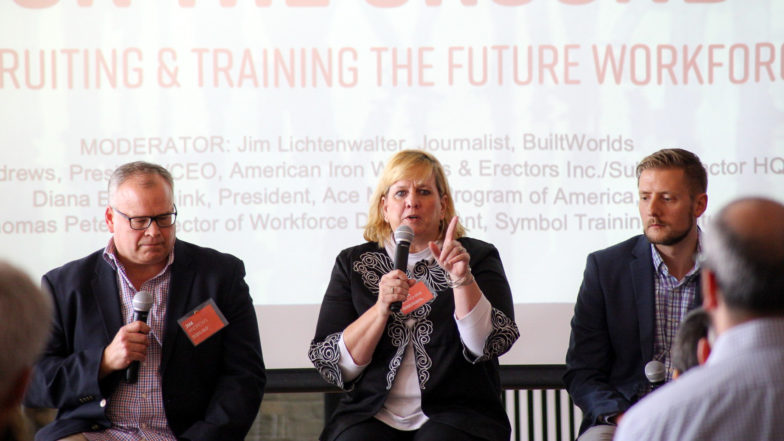
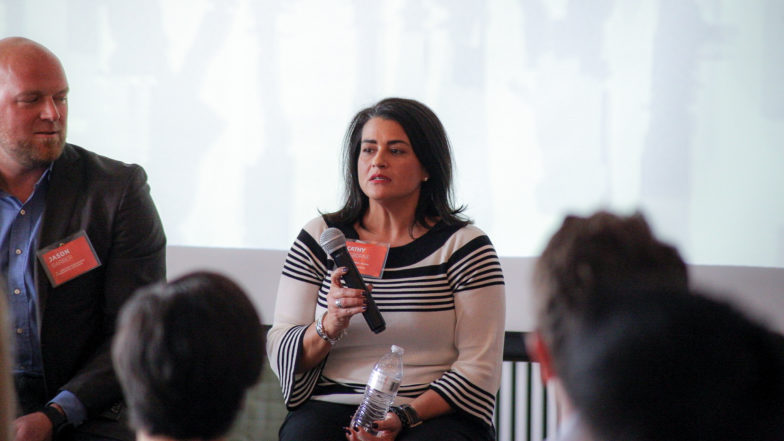
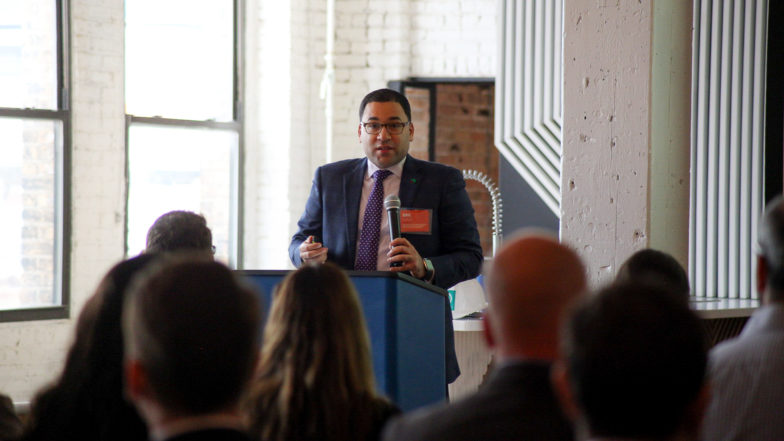

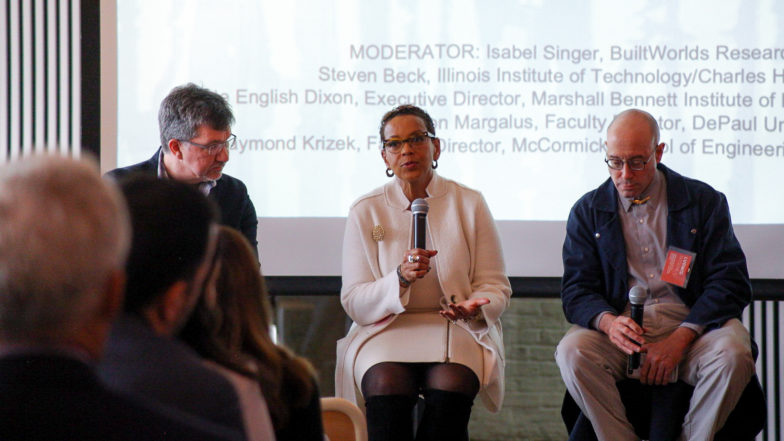
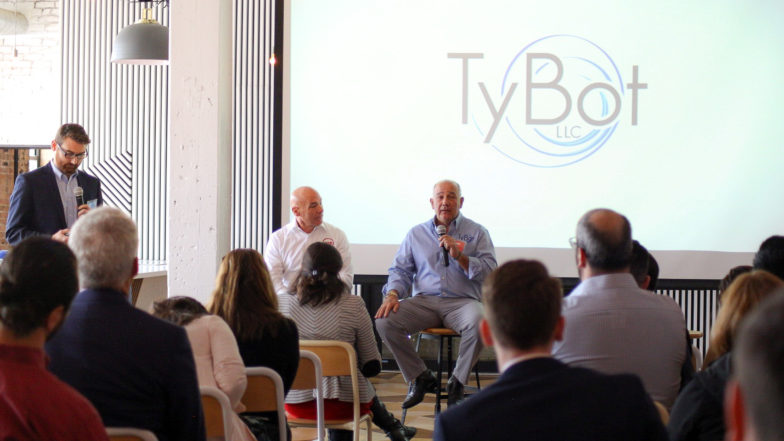
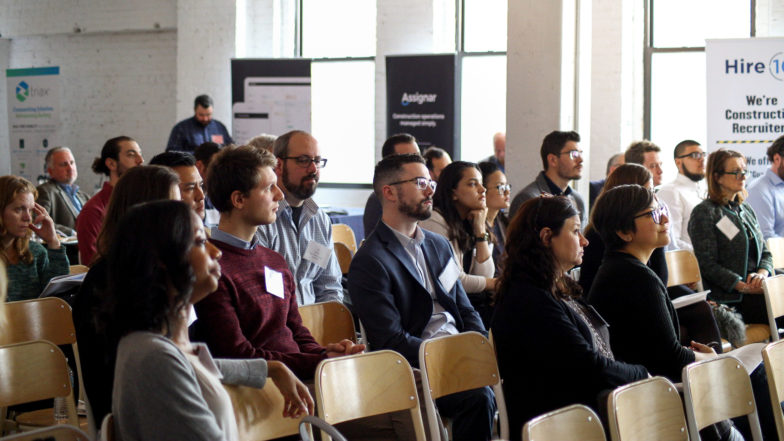


Discussion
Be the first to leave a comment.
You must be a member of the BuiltWorlds community to join the discussion.